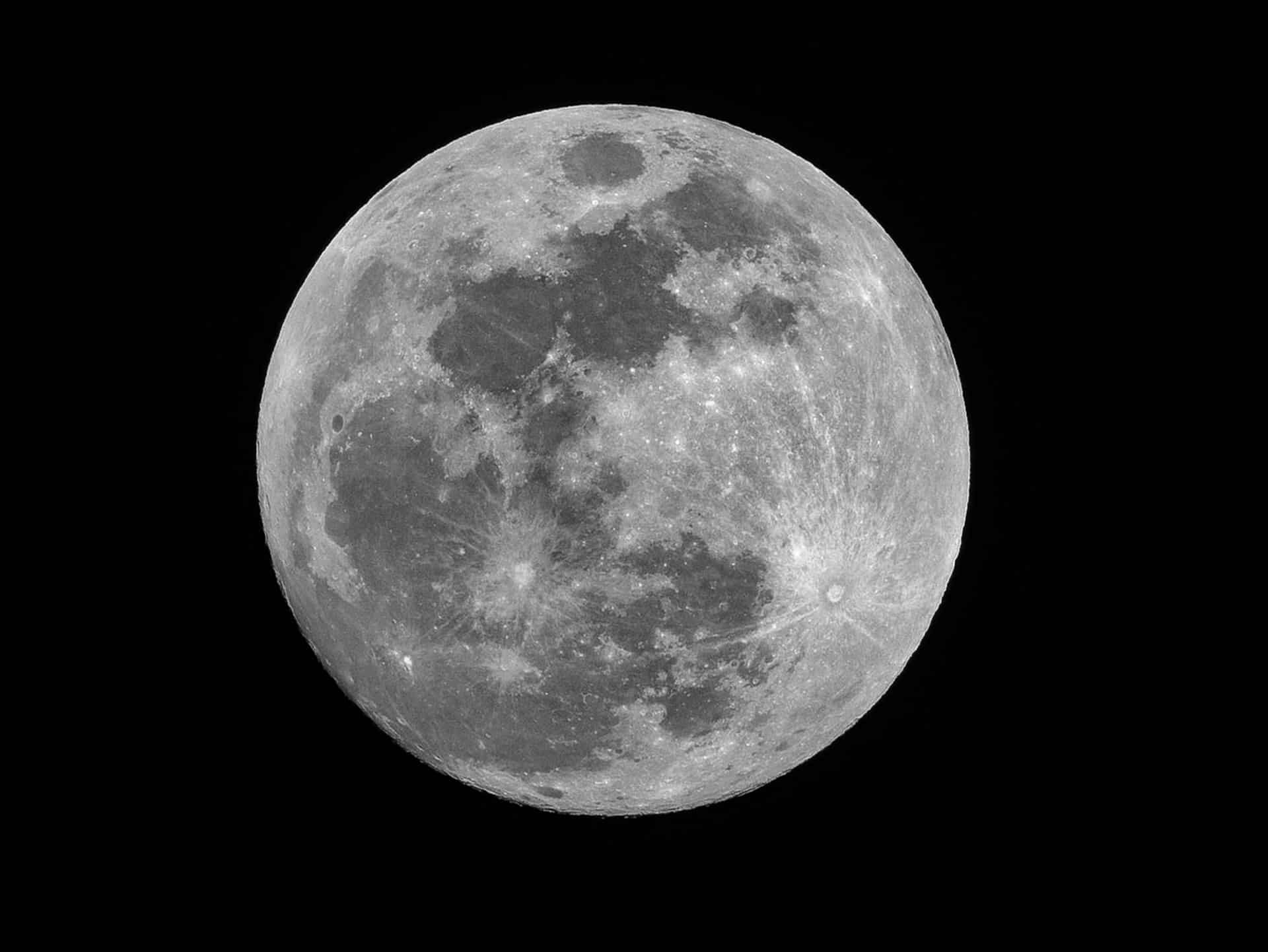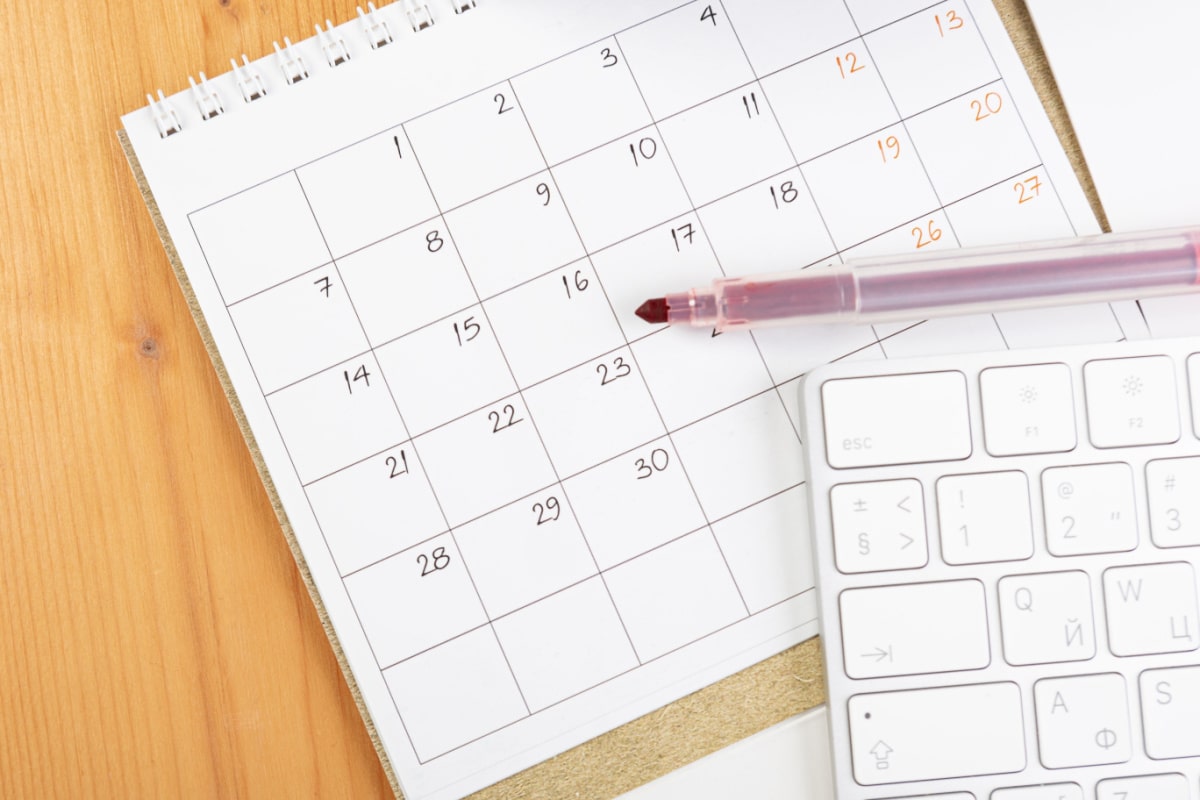Gardening is a very enjoyable pastime and is beneficial for our environment. With the arrival of spring, it’s time to plan your plantings, taking into account weather trends and lunar influences. In this article, we will see how to use the lunar calendar to optimize your April plantings and fully enjoy your garden.
The influence of the moon on plantations
For centuries, farmers have noticed that the moon has an impact on their crops. Today, these empirical observations are confirmed by scientific research that highlights the importance of the moon in the growth of plants. The moon indeed affects the various elements that make up our terrestrial ecosystem, such as tides, rains, or even the life cycles of animals.
Among these effects, those that concern plants are particularly interesting for gardeners. We can notably cite:
- The rise of the sap: the gravity of the moon has an influence on the fluids present in plants as well as on underground waters. On full moon and new moon days, the sap rises more quickly, which promotes the growth of plants.
- Germination: some seeds germinate more quickly when they are sown during the ascending phases of the moon.
- The blossoming: plants bloom better when their growth has been favored by the right lunar phase.
The lunar calendar: a valuable tool for the gardener
In order to optimize these beneficial effects to the fullest, it is essential to follow the lunar cycles and respect certain well-defined rules. This is where the lunar calendar comes in, which gives you all the necessary information to properly plan your gardening work in April. It is based on the different phases of the moon and allows to determine the best days to perform certain actions in your garden.
Here are the main pieces of information you will find on a lunar calendar:
- The phases of the moon: new moon, first crescent, first quarter, full moon, last quarter and last crescent.
- The ascending or descending status of the moon, which corresponds to its position relative to the ecliptic (the apparent trajectory of the Sun in the sky).
- The date of lunar nodes, where lunar influence is reduced or even nonexistent.
- Leaf days, fruit days, root days, and flower days, which correspond to the parts of the plant affected by lunar influences. Each day, work focuses on one of these categories.

Planning plantation work in April thanks to the lunar calendar
With the information provided by the lunar calendar, it is possible to establish a precise schedule for carrying out various gardening tasks. Generally, certain rules should be respected:
- Sowing and planting: it is better to carry out during the waxing moon to promote germination and growth of plants.
- Pruning: it must be carried out during the waning moon, to limit the rise of the sap and avoid the risk of infections.
- Harvest: ideally, it is done during the waning moon, so that fruits and vegetables retain their taste and nutritional qualities for longer.
To be even more precise in your gardening activities, the lunar calendar gives you indications about leaf-days, fruit-days, root-days, and flower-days. These elements allow you to specify what type of plant to sow, plant or harvest during each period of the month of April. Here are some examples:
- Leaf Days: they are suitable for planting salads, spinach, cabbage and other lettuces.
- Fruit days: it’s time to plant tomatoes, aubergines, peppers and all fruit trees.
- Root Days: the moon then promotes the development of potatoes, carrots, radishes and other root vegetables.
- Flower Days: flowers are honored during this period, with a good time to plant nasturtiums, marigolds or petunias.

Practical tips for applying the lunar calendar in your garden in April
To make the most of the lunar calendar for your April plantings, here are some tips:
- Consider the weather conditions: even though the lunar calendar is valuable, it can’t predict the actual weather. Therefore, adjust your actions to the current temperatures and weather conditions.
- Plan ahead: anticipate the best dates and prepare everything you need (seeds, tools, etc.) to be ready on D-day and save time.
- Don’t be rigid: Gardening should remain a pleasure, not a chore. If you haven’t been able to follow all the rules of the lunar calendar, that’s okay! Your plantings may just need more time to grow or yield less abundant harvests. The key is to have fun and take care of your garden.
In conclusion, the lunar calendar is a real asset for all gardeners who wish to optimize their plantings and enjoy the benefits of nature to the fullest. So, don’t hesitate any longer and bring out your agendas to plan the work for your garden in April!

